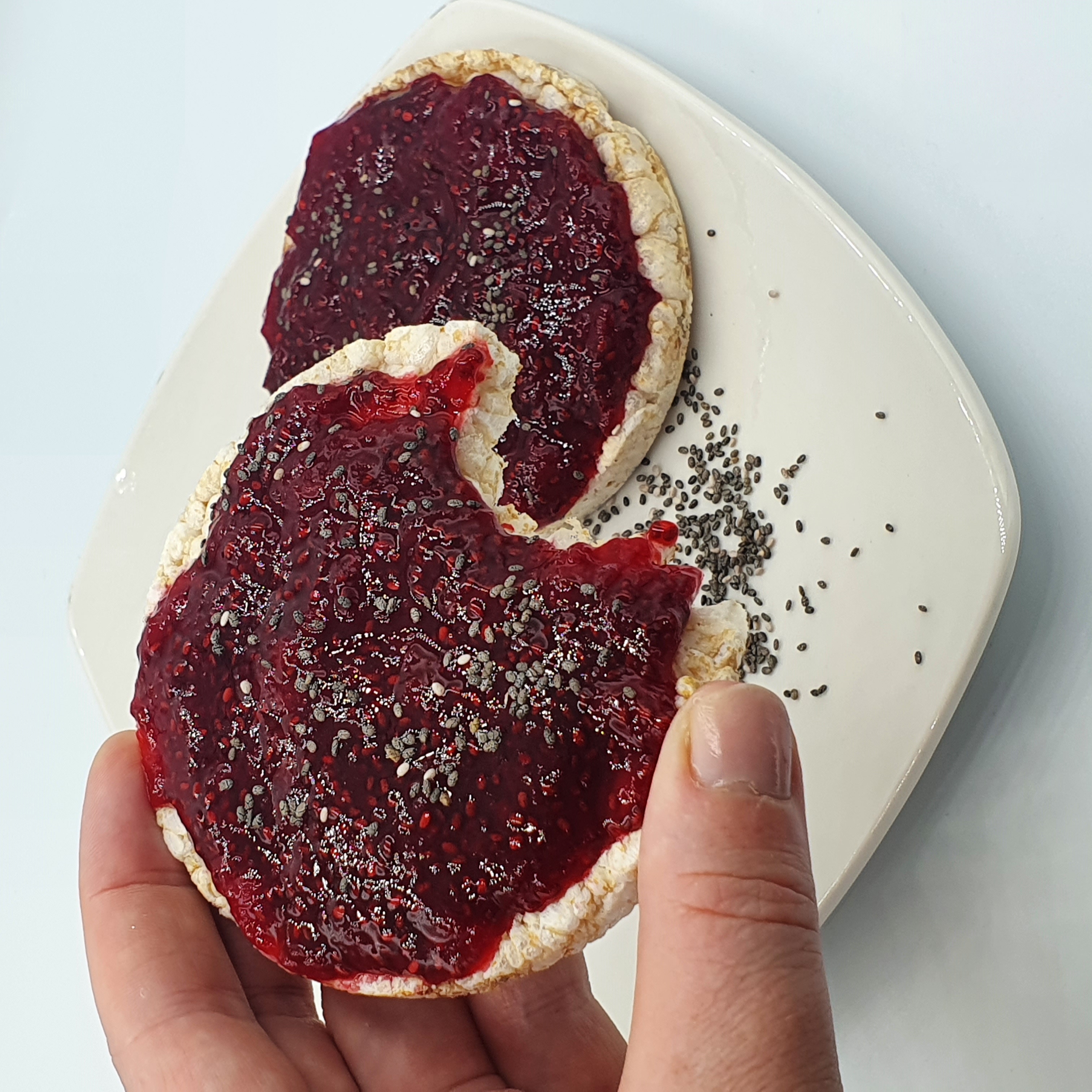Ciruela - A high Iron fruit that helps combat fatigue
May 5th, 2022
When I first heard about ciruela, of course I translated it to ‘plum’ however, they are not all the same as your regular plum. In fact the most common local ciruela belong to the mango family and come in many different shapes. They start off green and then ripen to a yellow or bright red. Inside, the large seed takes up almost 70% of the fruit and what you are left with is a juicy, astringent, plum-like flavor of the yellow flesh that you can squeeze out!
The ciruela is high in many vitamins and minerals such as vitamin A and B, as well as the minerals calcium and phosphorus, however they are best known for their high levels of vitamin C and Iron, contributing to more energy, reducing anemia, boosting immune function and great for reducing fatigue!
Iron is an important mineral in the body, as it assists in many vital functions – such as the transfer of oxygen from the lungs and to the body tissues, as well as playing a role in metabolism. You may be surprised to hear that Iron, when in its free state, is toxic for the body and that is why Iron binds to proteins in the blood known as heme. We can create heme Iron from proteins we consume in meat products. This heme Iron is responsible for oxygen transport from the lungs to the body tissues, and to store oxygen in the muscles to allow for energy use. However, we can also create very important non-heme Iron from vegetarian sources such as ciruelas, as well as eggs and dairy. But, the non-heme Iron has a slightly different role as it is mostly used for Iron storage, and not readily available for oxygen transportation.
Both heme and non heme Iron are essential elements for blood production, so much so that 70% of your body’s iron is found in your red blood cells and muscle cells, and this is important to transporting oxygen in the body to combat fatigue, anemia and lightheadedness. Because ciruela is rich in Iron, it can assist tremendously in the relief, anemia, and low immunity. In addition, due to ciruela being high in vitamin C, when consumed together with Iron, it has been shown to transport non-heme Iron and store it in a form that is more easily absorbed in the body, thereby assisting the body with increased absorption and utilization of non heme Iron.
The great news is that ciruelas are available year-round so you can enjoy the health promoting benefits any time you like! Ensure when choosing the fruit, you pick ones that are ripe yellow or bright red. If they are still green, they will taste too sour. They should feel firm (not hard) to touch and always check for blemishes or soft spots, as this could indicate the flesh is starting to rot. Give this sugar-free ciruela and chia spread a try. Use it just as you would use jam, as a topping for yoghurt, or simply with piece of wholegrain toast or rice cracker.

CIRUELA AND CHIA SPREAD
1 cup (6-8 ciruela) ciruela pulp
3 Tablespoon water
2 Tablespoon honey, agave or maple syrup
1 Tablespoon Chia Seeds
Remove the seeds from the ciruela and roughly chop the ciruela flesh, with the skin on is fine.
Place the ciruela pulp in a pot over a low heat, and add in the water, and sweetener.
Once the pulp has softened, mash the contents with a fork, take off the heat and add in the chia seeds, and mix well. Leave for 10mins to cool, and then place in the fridge to thicken for 30mins.
If you find it is still too runny add more chia seeds, if too think add more water, let set and store in the fridge.
Enjoy it just as you would enjoy jam, it can store in the fridge for up to one week. Delicious!
